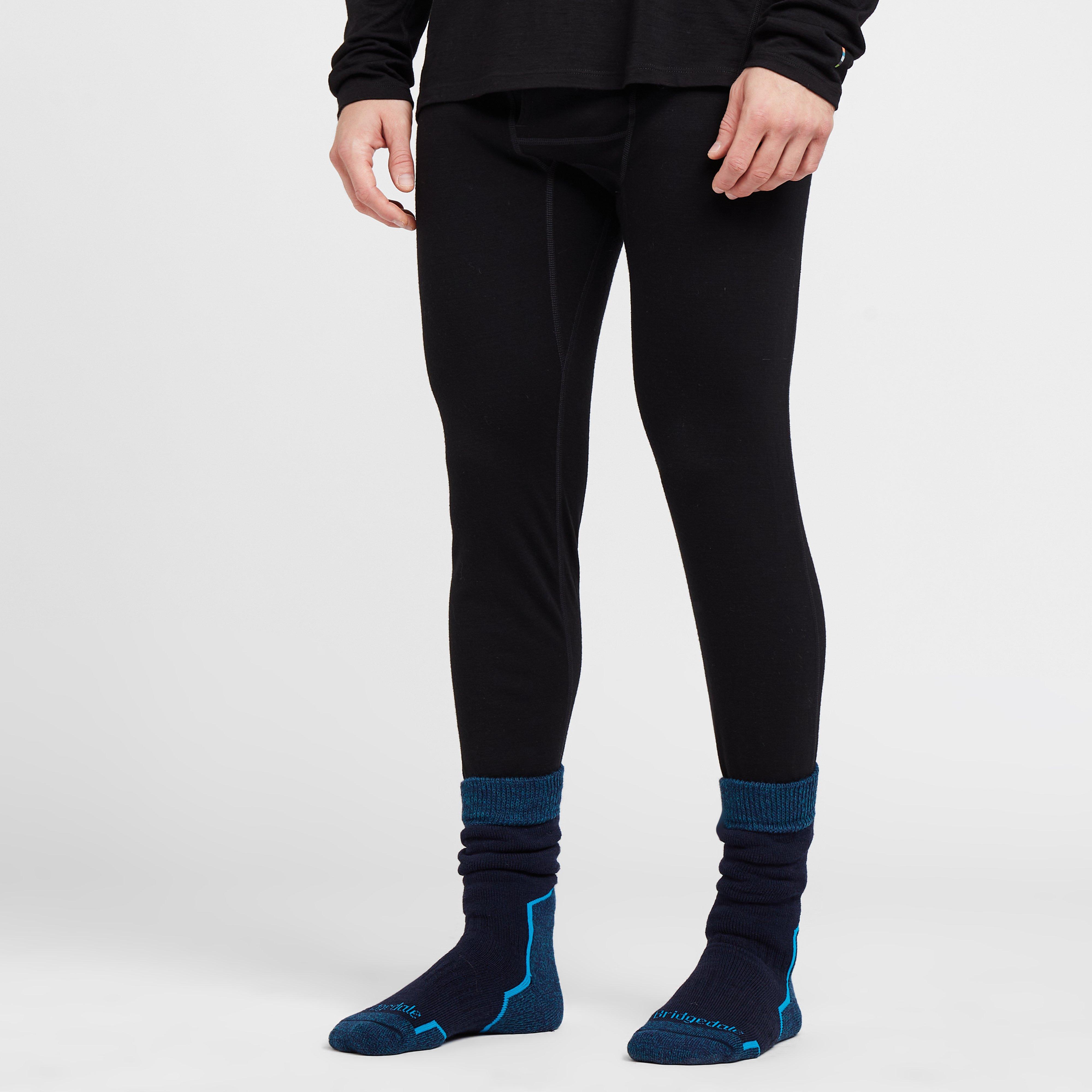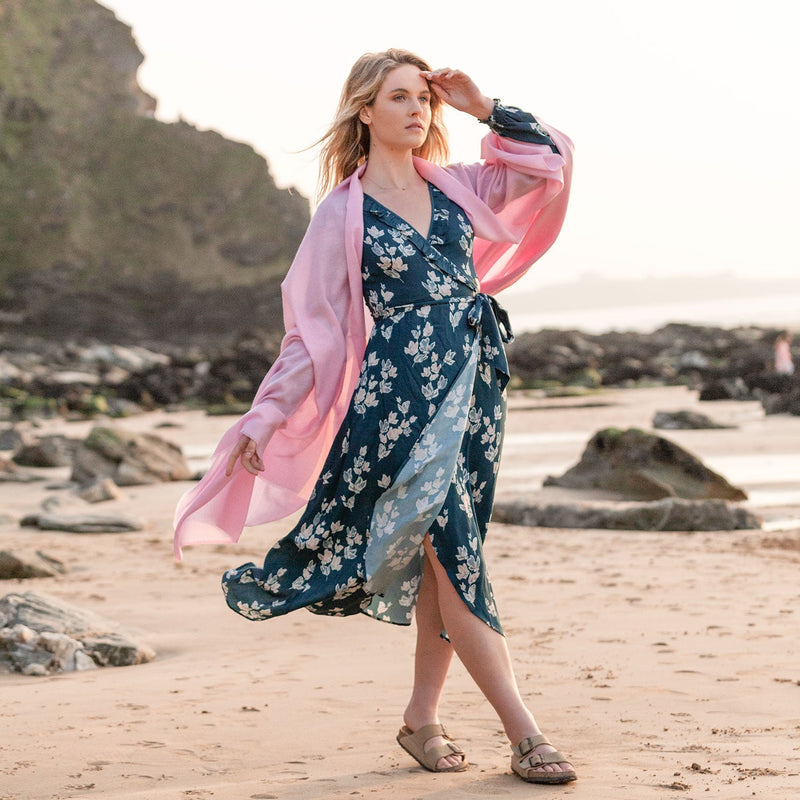What Makes Yak Merino's Base Layer So Great For Winter Sports Clothing? And The Reason Behind It? It's an excellent base layer for winter sports because of the advantages that both the yak and merino wool offer. The hollow fibers of the yarn are great insulation because they hold in air. When it is combined with merino Wool, which also has excellent properties for insulation, the fabric offers superior warmth and comfort even in frigid temperatures.
Moisture Management- Merino wool has moisture-wicking properties that means it is able to absorb water from the body and then release it into the air while keeping the wearer dry. Yakwool is a great complement to this because of its moisture-wicking abilities. This combo helps regulate body temperature by keeping moisture away from the skin during intensive exercises in cold temperatures.
Merino's softness, as well as its fine fibers, which are less likely to cause skin irritation. The fabric that is created when yak fibers are blended with the smooth and soft fibers of merino wool feels very soft when applied to the skin.
Odor Resistant- Both merino wool and yak wool possess natural antimicrobial properties that help to stop the growth of odor-causing bacteria. The garment stays fresher, even when used for long periods of time.
Durability. Yak Wool is naturally robust. It is able to withstand the wear associated with activities in the outdoors and sports.
Temperature Regulation. Temperature Control. Merino wool's insulating characteristics aid in regulating body heat, keeping wearers warm even in frigid temperatures. It's also breathable during periods of intense activity.
Merino and yak are both renewable and biodegradable fibres. They are sustainable winter sportswear that is eco-friendly.
This combination of qualities make yak merino wool base layers highly effective for winter sports clothing, giving warmth and comfort, as well as the ability to manage moisture, and endurance for outdoor activities in cold climates. Follow the top
merino wool base layers advice for site advice including ski thermals, wool long underwear, smartwool 150 base layer, best base layer for skiing women's, best thermals for skiing, ski thermal underwear, wool base layer womens, best wool base layer, best wool base layer, smartwool base layer sale and more.
 What Are The Advantages Of Bamboo Clothing In Terms Of Thermal Regulation, Biodegradability, Uv Protection And Environmental Impact?
What Are The Advantages Of Bamboo Clothing In Terms Of Thermal Regulation, Biodegradability, Uv Protection And Environmental Impact? Thermal Regulation: Bamboo clothing is a fantastic option for thermal regulation. It also offers protection from UV rays and biodegradability.
Bamboo fabric is a great insulation material that provides warmth during winter, while remaining breathable. It aids in controlling body's temperature by retaining the heat in cooler temperatures and allows for ventilation to allow overheating to be kept from happening during physical activities.
UV Protection-
UV Resistance- Bamboo materials provide natural protection from harmful UV Rays. The bamboo fabric can block up to a third of the UV rayons.
Biodegradability-
Biodegradable bamboo clothing breaks down organically at the end its lifecycle without leaving harmful leftovers. It also does not contribute to the creation of pollution. This helps reduce the amount of clothing that is thrown away and the environmental impact.
Environmental Impact-
Sustainability - Bamboo as a raw material is highly durable. It is fast-growing and abundant without the need for chemical fertilizers, pesticides or other chemical. The environmental footprint is reduced. The rapid growth rate of this plant makes it an energy source.
Bamboo uses relatively less water than other crops, like cotton. It is a more water-efficient crop. This is a major factor in conservation efforts and lessens water resource strain.
Soil Conservation
Soil Health Bamboo farming doesn't generally deplete soil's nutrients or require a lot of irrigation. This is a good thing as it improves the health of soils, and decreases the risk of detrimental agricultural practices.
Carbon Sequestration
Carbon Absorption Bamboo plants are able to absorb more carbon dioxide and release oxygen into the air than many other plants. This attribute helps mitigate carbon emissions and combat climate change.
Bamboo's ability to regulate temperature in clothing as well as its UV protection, its biodegradability and its positive environmental impact make it a popular option for those seeking practical and sustainable clothes. These qualities match up with green practices, bringing benefits to both the wearer as well as the environment. Have a look at the recommended
bamboo clothing for blog examples including faceplant pajamas, ladies bamboo t shirts, sustainable bamboo clothing, boody clothing, bamboo twirl dress, bamboo maternity, bamboo chafing shorts, bamboo ave shorts, kyte pajama, bamboo fibre clothing and more.
 What Is The Difference Between Merino And Bamboo Clothing Compare With Regular Wool?
What Is The Difference Between Merino And Bamboo Clothing Compare With Regular Wool? Merino bamboo, Merino regular wool all have unique characteristics.
Softness- Merino is renowned for its fine soft fibers, which are easy to wear. It's less likely than wool that is more traditional to cause itching and irritation.
Merino wool is moisturizing. Merino wool wicks moisture away from the skin, allowing it to evaporate, and to keep the wearer comfortable and dry.
Merino wool is extremely warm, even when it's wet. It regulates the body's temperature, and acts as an insulation in cold weather.
Odor Resistance - It's a natural anti-bacterial agent that inhibits bacteria growth which keeps clothes fresh and fragrant even after long wear.
Bamboo Clothing-
Softness Bamboo clothing is silky, soft touch that is often described as silk or cashmere. It's a soft fabric that provides a comfortable wearing experience.
Bamboo fabric is wicks moisture away properties that draw out moisture and help keep you dry.
Temperature Regulation- Bamboo clothing has natural temperature-regulating abilities, offering warmth in winter and breathability to prevent overheating.
Sustainability- Bamboo is a very renewable resource, and it grows rapidly without the need for fertilizers or pesticides. Bamboo is biodegradable and has a minimal environmental impact.
Regular Wool
Texture- Traditional wool may vary in texture with certain types being more coarse and more susceptible to itching or discomfort.
Warmth- Wool provides excellent insulation, but can feel weighty and heavy.
Absorption of Moisture - Wool may absorb moisture, making it less effective at wicking moisture compared to merino wool or bamboo fabric. But, it keeps warmth even if it is damp.
Summary: Merino Wool is soft and odor-resistant. It also offers an excellent ability to wick moisture. Bamboo clothing has a luxurious feel, moisture-wicking capabilities, climate regulation, and sustainability. Regular wool comes in a variety of textures and may not provide the same softness or wicking properties as merino or bamboo clothes, however they will provide warmth and insulation. Each wool type is distinct and can be tailored to different fashions of winter clothing. Have a look at the top rated
how you can help about bamboo winter clothings for website tips including icebreaker baselayer, merino wool leggings women's, wicked wool base layer, bamboo winter clothings, merino wool thermal underwear, merino base layer womens, wicked wool base layer, smartwool thermals, wicked wool base layer, merino 250 base layer and more.
